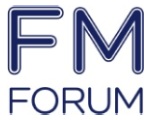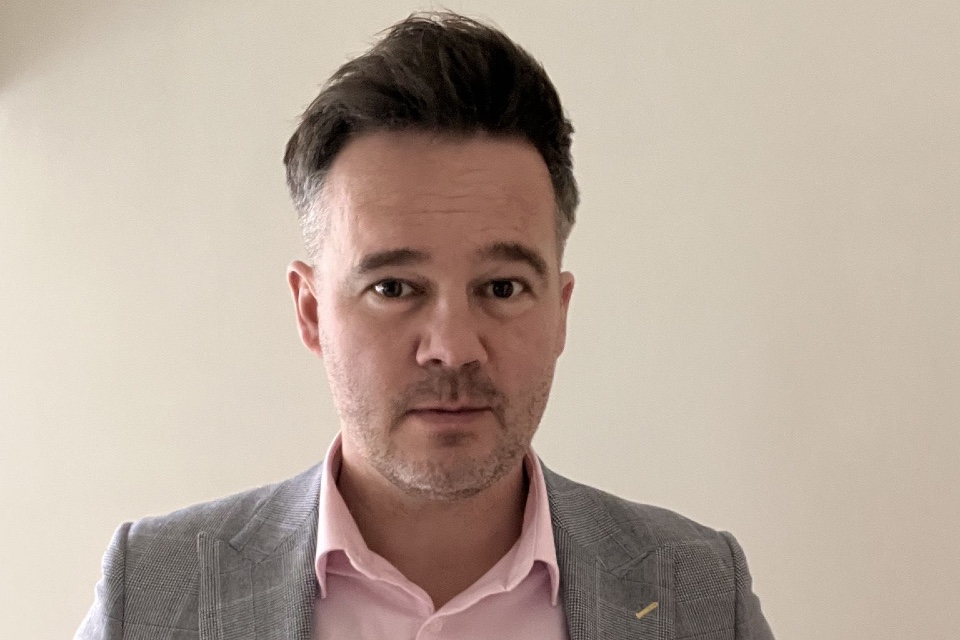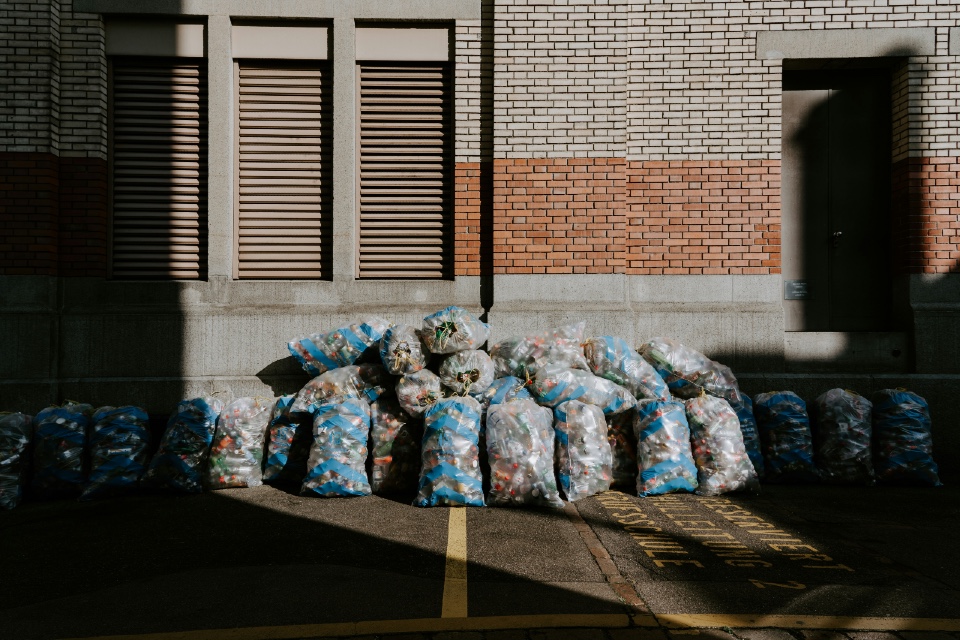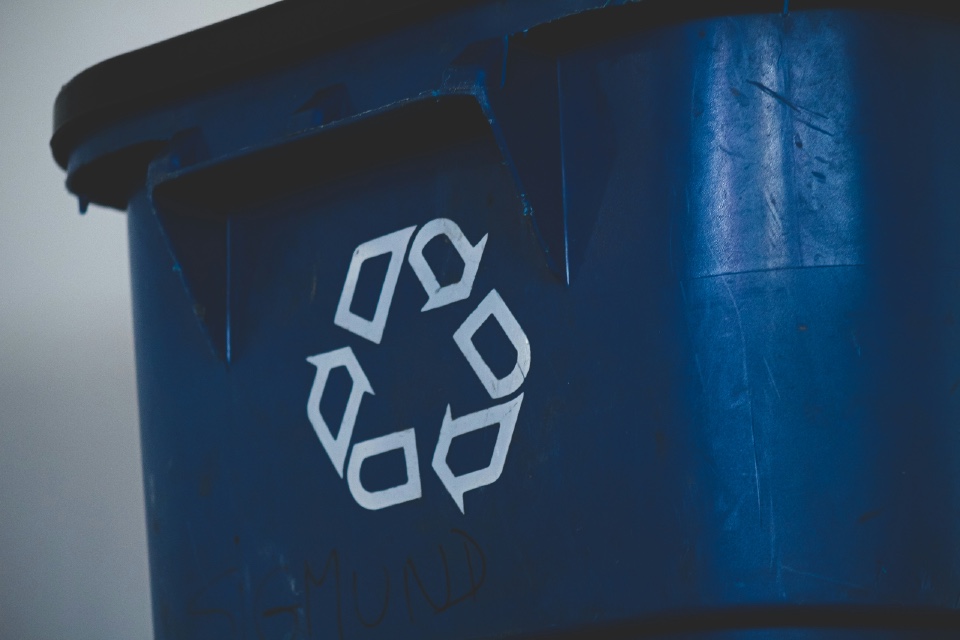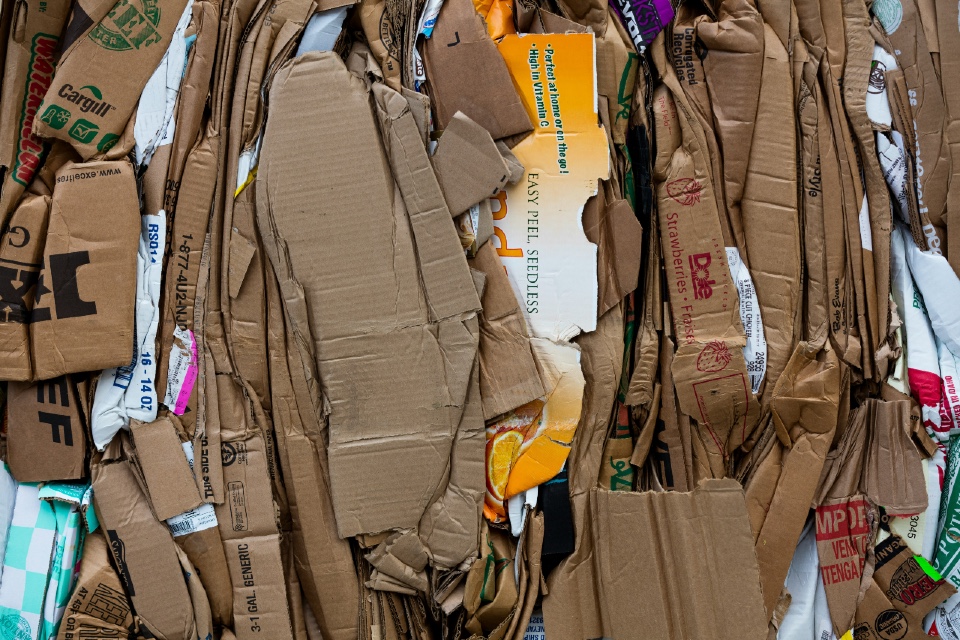Local councils in the UK are facing unprecedented financial pressures, with one in five potentially facing insolvency by 2025. These councils must meet the demands for essential services, such as waste management, against a backdrop of ever-decreasing budgets.
This challenge is further complicated by stringent waste management and recycling targets imposed by the government and regulatory bodies. Councils must find a way to invest taxpayer money wisely to maintain service quality and satisfaction while seeking cost-effective solutions that offer the best return on investment.
Gareth Mitchell (pictured), UK Partner Manager at Heliot Europe, discusses the potential of IoT technology and sensors in waste management applications for local councils, as part of the solution to providing a cost-effective and efficient answer to this issue...
Financial and Regulatory Challenges
Local councils across the UK are navigating a challenging environment marked by severe budgetary constraints and rising financial pressures. Recent trends in council bankruptcies highlight the urgency for councils to spend money they do have judiciously. Issues such as potholes remain a major concern for many residents, illustrating the challenge of effective investment in infrastructure amidst financial instability.
According to the Local Government Association (LGA), UK councils spend approximately £852 million annually on waste disposal too, with many contracts dating back several years and potentially no longer fit for purpose. This, therefore, represents an obvious area for local councils to target to maximise cost efficiency and savings, and reduce budget costs.
Adding to these financial challenges are the rigorous legislative requirements imposed on local councils regarding waste management and recycling. The Department for Environment, Food & Rural Affairs (DEFRA) is set to introduce ‘Simpler Recycling Laws’ from 2026, aiming to reduce food waste heading to landfills and curb unscrupulous waste management practices.
Key regulations, such as the EU Waste Framework Directive and the UK Environment Act 2021, mandate councils to meet specific recycling and waste reduction targets too. Non-compliance with these regulations can lead to hefty fines, increased waste disposal costs, and lost funding opportunities. Councils that are failing to meet these targets may find it challenging to secure government funding in future related to environmental and waste management initiatives, further exacerbating their financial pressures.
Enhancing Efficiency with Automation and IoT
For local councils, current waste management processes largely rely on manual labour, subcontractors, and waste management companies. These waste and recycling bins are collected according to a specific routine, and are often collected when they are not full, leading to wasted man-hours and inefficient route planning. Such inefficiencies drain council resources and budgets, increasing operational costs and diverting funds from other critical areas. Additionally, councils incur higher landfill taxes and incineration fees when recycling targets are missed, further straining financial resources.
By automating the process of emptying these bins with IoT sensors, it is possible to monitor bin fill levels and trigger IT systems to flag when a bin is ready to be emptied. This approach offers several benefits for councils, including cost reduction, enhanced route optimisation when collecting the bins, and improved operational efficiency. These IoT devices have long battery lives and are able to operate reliably in various environments, including cold, rain, and areas with limited mobile signal. They can also be used in underground bins where traditional connectivity options fail.
The utilisation of IoT sensors for monitoring bin fill levels optimises collection schedules, providing real-time data that enhances decision-making and resource efficiency. This technology frees up staff to focus on value-added tasks and allows money to be better allocated across other essential services. For example, instead of manually checking bins, staff can be redirected to maintain and improve other critical infrastructure, thereby increasing overall operational efficiency. This efficient use of resources can also help councils align with their obligations under S106 agreements, which often require developers to contribute to local infrastructure improvements, including waste management systems.
The Role of LPWAN Connectivity and Broader Applications
IoT sensors are no good though unless they can connect to a network. A subgigahertz (0G), low-power wide-area network (LPWAN), offers significant advantages for IoT deployment in waste management operations. This technology is cost-effective, energy-efficient, and viable for long-term use. The compatible sensors are small, compact, and cost-effective, making them ideal for widespread deployment across various applications. For instance, a recent project at Cambridge University exemplifies how these technologies can optimise waste management operations by providing real-time data and enabling the creation of efficient collection schedules.
What is more, IoT and 0G LPWAN connectivity have broader applications for local councils beyond waste management, such as managing EV charging infrastructure. These technologies can provide alerts when charging bays are full, monitor usage patterns, and offer valuable data for optimising EV infrastructure. While smart city initiatives represent a sustainable long-term goal, IoT for waste management is a clear example of a tangible return on investment (ROI) and an excellent first step towards broader automation for local councils. This incremental approach ensures that councils can implement advanced technologies without overwhelming their existing infrastructure and resources.
Implementing these technologies can significantly enhance infrastructure management and improve public services, thereby boosting resident satisfaction. For councils funded by taxpayer money, demonstrating the efficient use of resources through tangible benefits like smart waste management is crucial for maintaining public trust and support. And at a time where less than 50% of people have confidence in their local councils, attempting to address this ought to be a priority for councils across the country. By adopting IoT and 0G LPWAN connectivity and the processes it allows, councils can enhance their service delivery, reduce operational costs, and meet legislative requirements, all while delivering ROI and preparing for future technological advancements.
Conclusion
Local councils are under immense pressure to optimise operations while managing financial and legislative challenges. Using IoT and subgigahertz (0G) LPWAN connectivity offers a cost-effective and efficient solution to waste management, providing clear benefits such as reduced operational costs, enhanced route optimisation, and improved service delivery. By adopting these technologies, councils can get on the path towards meeting current waste management and recycling targets; enhance resident satisfaction; and lay the groundwork for broader smart city initiatives in the future. This approach not only addresses immediate challenges but also sets the foundation for realistic, sustainable growth, and innovation in local council operations, ensuring the efficient use of resources for the benefit of all residents.

